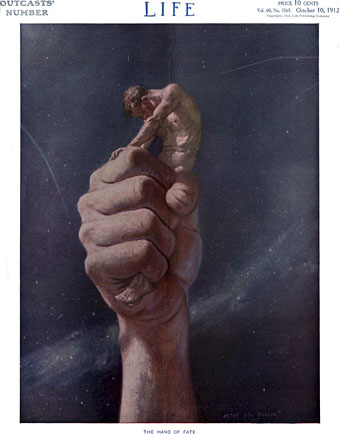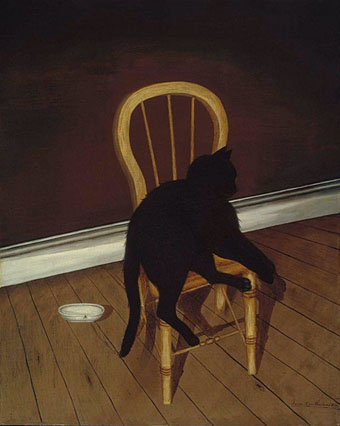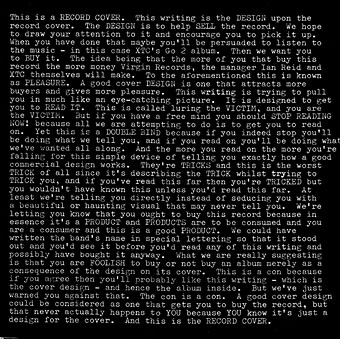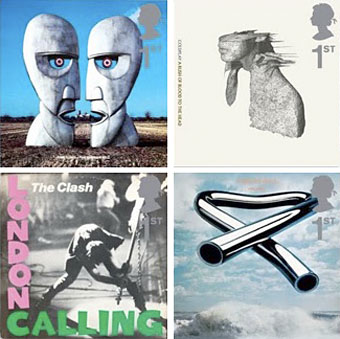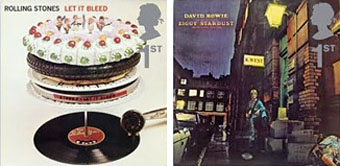The Hand of Fate, Life magazine, October, 1912. Artist unknown.
• In Search of Barney Bubbles: the great graphic designer is profiled on BBC Radio 4, Monday, 2nd January. And speaking of album cover designers, Cool Hunting talked to Storm Thorgerson about his work.
• FACT mix 310 is a hugely eclectic two-parter from Moon Wiring Club. Grab it while it’s still available. And there’s also Solstmas 2011/2: The Final Countdown, a mix by El Minko Misterioso.
• One of the music events of the new year will be the release of Captain Beefheart’s Bat Chain Puller album. Pre-order it here.
In 1972, at the age of thirty-one, [Fred] Halsted released L.A. Plays Itself, a film which drew upon Kenneth Anger’s surrealist eroto-expressionism, and went way beyond Anger’s sublimated homoeroticism to explicitly portray gay male S/M sex. In 1969, when Halsted first decided to make a sexually explicit film, he decided to create a part for himself, and then be that part.
Halsted Plays Himself by William E. Jones reviewed at Lambda Literary
• Lunar Rover: An interview with Steve Moore and extract from Somnium.
• Battersea Power Station, a graveyard of architectural schemes.
Editors might admire a fine book, but are overridden by marketing and accounting departments who now have the final say. I know of a novel that wasn’t accepted by one publisher after the manuscript was first submitted to W.H. Smith, who said that it wouldn’t sell enough.
Jenny Diski on the state of fiction publishing in the UK
• EU copyright on James Joyce‘s works ended at midnight.
• Dressed to Kill: Dispelling the Myths of Men in Drag.
• The Geology of the Mountains of Madness
• The Floppy Boot Stomp (1978 mix) by Captain Beefheart and the Magic Band.

